What is Strasbourg Famous For
The city of Strasbourg is probably famous, among other things, for being ‘that’ German city that the French adopted. Whether this claim is accurate or not is of little significance, but the city has many unique features we all love about it. Thanks to its strategic location at the crossway of significant commerce routes and important traffic on the Rhine River, Strasbourg has flourished for most of its 2,000 histories.
Strasbourg is the capital of the Alsace region, and it has one of the continent’s largest medieval quarters. In Petite France and Grand Île cobbled streets thread between timber-framed buildings that stood for centuries. The city has been the subject of a struggle for centuries between Germany and France and is all more charming because of this.
Strasbourg is a stunning place with districts built by the Germans, and advanced 1600s fortifications made by Vauban. Famed to be the only city in France whose entire part is designated as a UNESCO Heritage Site.
>>Also Read: Strasbourg Travel Guide
Here Are What The City of Strasbourg is Famous For
Strasbourg Cathedral
Up to 1874, for 227 years, this incredible sandstone cathedral was the world’s tallest building. Today, it is still the highest surviving structure to have been built throughout the medieval period.
Lots of writers have raved about the cathedral for centuries, and it is difficult not to be gripped by
The view of the vaults or the west façade that one sees when they get inside. Another interesting thing about the structure is how much of the cathedral dates to the 12th-century, including the whole apse on the building’s east side. A visit to this monument can hardly be refused, especially at the top of the north tower, commissioned in 1439, and with vistas from the Black Forest.
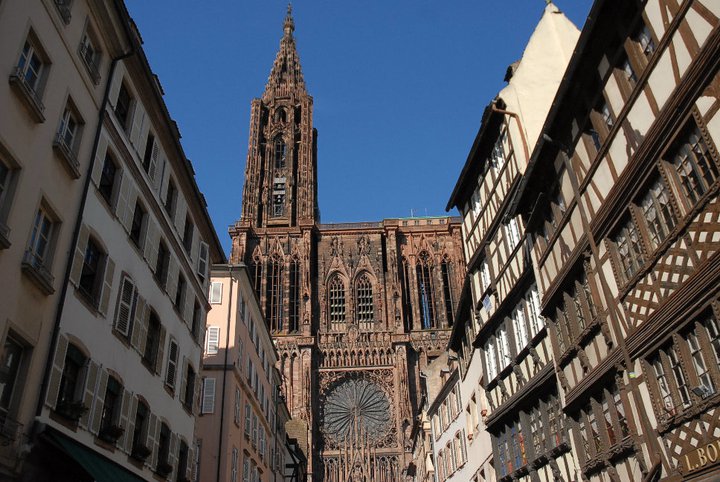
>>Must-See Cathedrals in France
La Petite France
This is the most picturesque part of Strasbourg. Fishermen, millers, and tanners sell their commodities in this area of waterways, locks, and weirs crammed by white and black half-timbered houses. These old but beautiful structures are from the 16th-century and 17th-century, and one can make out the opening roofs if they stand back and look up where animal hides used to be laid to be dried in the sun. Furthermore, on some of the streets like Rue du Bain aux Plantes, the buildings look unstable, and every place is local restaurants serving Alsatian teats like choucroute garnie.
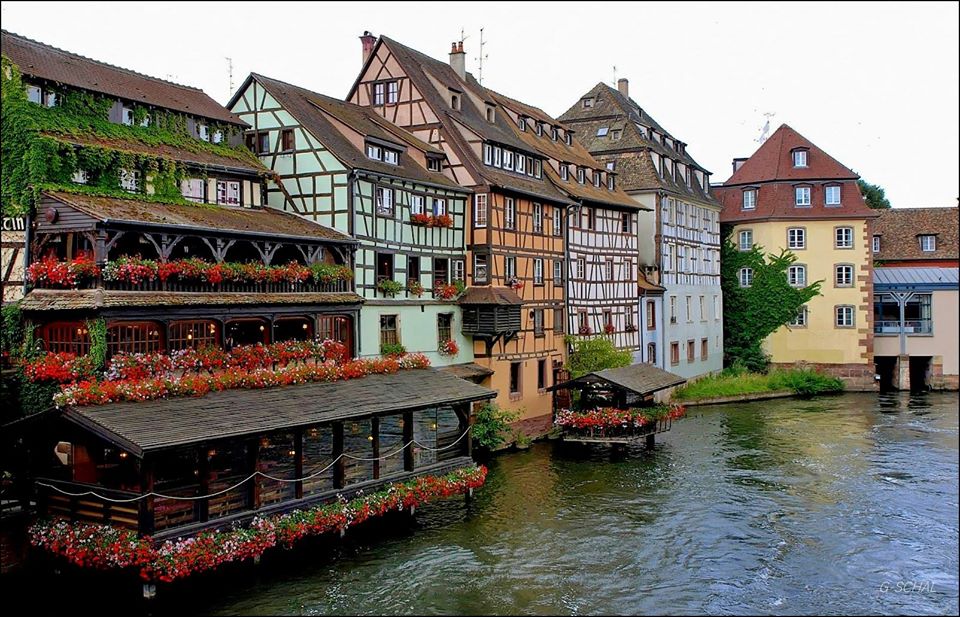
>>Is Strasbourg Worth Visiting?
Parc de l’Orangerie
From the Court of Human Rights and the EU Parliament, the Parc de l’Orangerie is another thing Strasbourg is popular for. It came alive during the Revolution when about 140 orange trees were seized from Château de Bouxwiller were given to the city. Today, only three of the 140 trees stand. But there is a lot more to l’Orangerie than the park. Visitors will find a big boating lake, many leaf-littered avenues, mini-zoom, lawns, and farms for children.
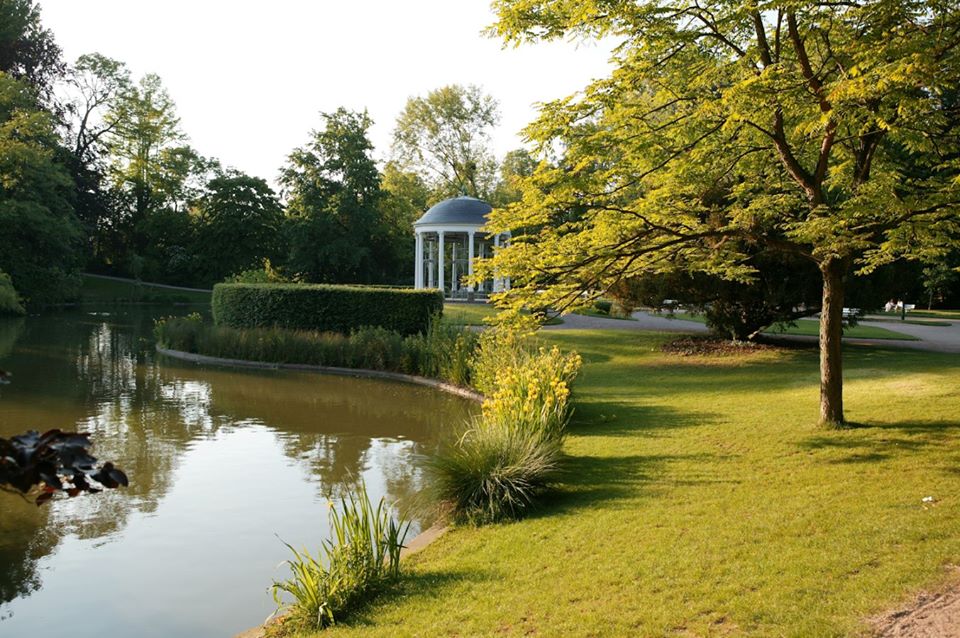
Barrage Vauban
Though it was built in the 17th-century, this reinforced bridge and weir on the River Ill used to be the base of Strasbourg’s defenses in 1870. According to plans by the iconic French military engineer Vauban, the bridge was made with pink sandstone from the Vosges. The purpose was for times of siege. During one, it would raise the level of the Ill River and flood the southern drylands. It will also drop barriers to keep invaders from gaining entry.
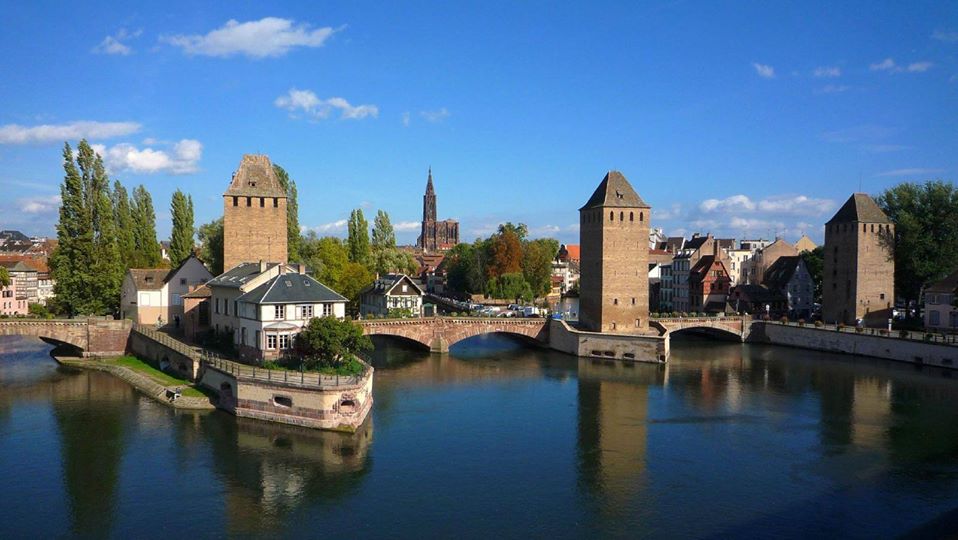
Ponts Couverts
Greeting you when you step inside Petite France is a group of three reinforced bridges that are recognizable by their four tall square towers. These bridges were built in the 14th-century and were part of Strasbourg’s initial line of fortifications.
The bridges have a sort of the wrong name today as they are not covered again. Long roofs that would have provided shelter during sieges protected the crossings up to the 18th-century. After the Barrage Vauban construction was finished, the bridges became disused, but it retains its name.

Église Saint-Thomas
Buttressing the claim that the city is at cultural intersections is the Église Saint-Thomas (a protestant church), which was the major Lutheran place of worship after the city fell to French ownership in 1681. The church was completed in the 1520s and is the lone example of a German-style hall church in the area.
This suggests that unlike many churches in the country, the aisles and the nave have equal height. They are placed under a roof; therefore, they miss a clerestory. Inside the church, there is much to discover, including a massive gothic fresco of St. Michael and the beautiful coffin of Bishop Adeloch from the 12th-century.
To wrap up our Église Saint-Thomas visit, turn your attention to the gallery organ from 1741. Mozart appreciated it when he played it in 1778.
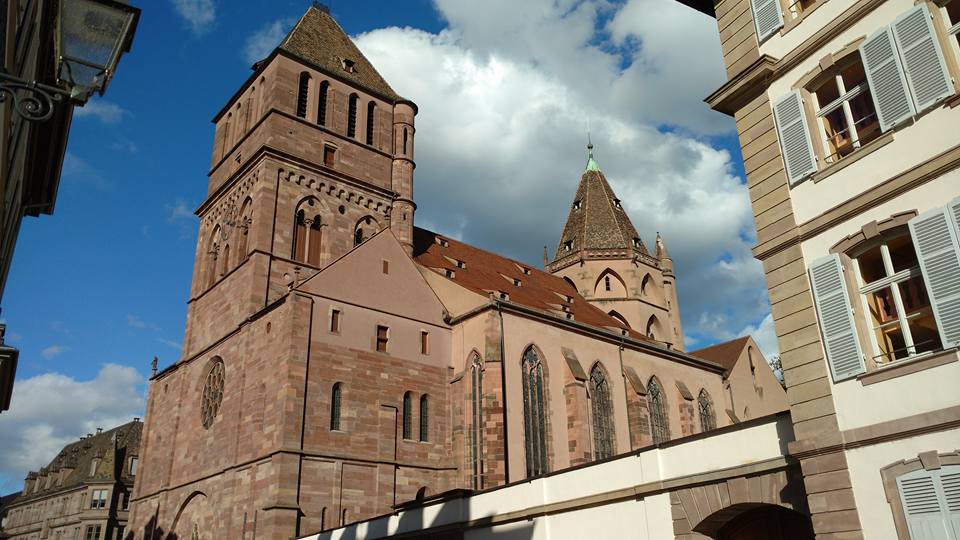
Musée Alsacien
With an elevated location in a 1600s house on the quayside of the River Ill, this museum could not be better located to educate visitors about arts and traditions in Strasbourg. The galleries offer many reconstructions of iconic workshops and home scenes; all displayed with germinal costume, ceramics, tools, furniture, everyday utensils, and toys.
The most interesting showcases deal with local “savoir-faire” of the Alsace area, so depicting how, for example, the wine was pressed in the 18th-century and walking you through wine-growing from the Romans.
European Parliament
When you think of Strasbourg’s history, it makes enormous sense that the city should be home to the European Parliament. This has often been a place where varying cultures, languages, faiths converge.
The city is among the three non-capital cities in the world to have an international institution; the European Parliament should be on your itinerary. You might also book in advance to get a tour of the beautiful cylindrical building that houses a 750-seat debating chamber.
Quartier Krutenau
One of the city’s most lively areas is the Quartier Krutenau, which blends Old World allure with chic restaurants, trendy shops, and fascinating art galleries. This neighborhood of half-timbered homes and canals used to be where fishermen and boatmen lived, as suggested in the names of streets like Rue de la Tour des Pêcheurs and the Rue St-Nicolas-aux-Ondes. This area has a homely village atmosphere and is a wonderful district to go on sightseeing quests.
Historical Museum
Situated in the Grande Boucherie, the Historical Museum provides a full exhibit of graphic art, paintings, everyday objects, and paintings. The catalog ranges from the Middle Ages to the Revolution, with not many rooms dedicated to the modern and Napoleonic periods.
Visitors will know more about the city’s society, economy, and politics of different ages. Important political figures like General Jean-Baptiste Kléber have special exhibits dedicated to the museum. s
Also on show are the furniture of regular citizens and costumes that offers perspective into the everyday life of the city in yesteryears. The Historical Museum is located at 2 Rue du Vieux Marché aux Poissons, Strasbourg.
What is Strasbourg Famous For – Summary
Asides the European Parliament, La Petite France, and the Cathedral, the city of Strasbourg are quite famous for a host of things and places. And despite its tumultuous history, Strasbourg remains a city of culture that offers incredible traditional Alsatian crafts, exceptional archaeology, and interesting museums. It is widely known for many things that worth multiple visits.
